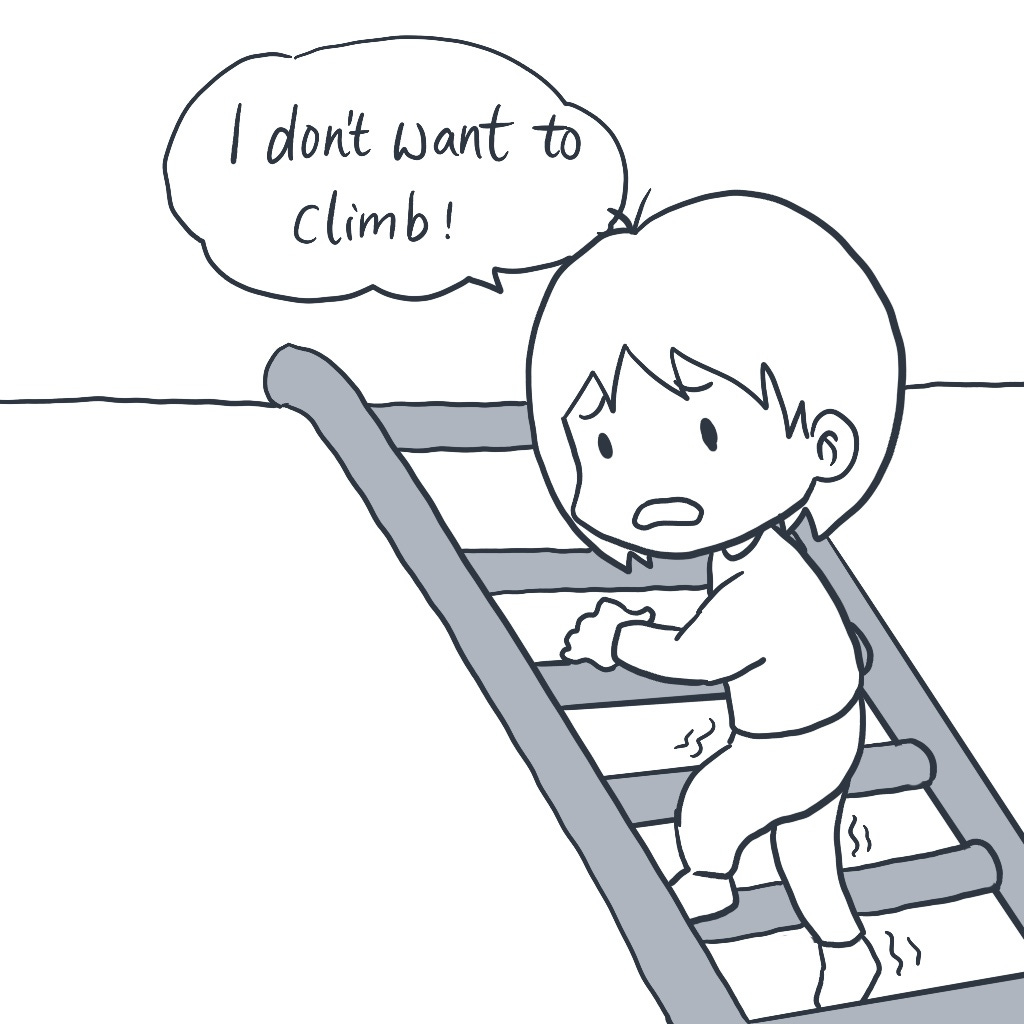Memolines ~ Instead of guessing our children’s boundaries, let them tell us
One of the hardest parts of parenting is finding the balance between a child’s comfort zone and challenges: when to encourage them to be brave and try something new, and when to let them take a break?
One of the hardest parts of parenting is finding the balance between a child’s comfort zone and challenges: when to encourage them to be brave and try something new, and when to let them take a break? I’ve found that instead of struggling to guess where my child’s limits are, it’s better to help her tell us herself.
I’ve been in situations where I felt overwhelmed but didn’t know how to respond, so I pushed through anyway, enduring the pressure and ending up in a really tough spot. Fortunately, over the years I’ve learned to understand myself better and judge more accurately whether a situation is right for me.
Since it took me so many years to learn this skill, could I try teaching it to my child from an early age?
One time while playing with my toddler, I was tickling her here and there, and she was giggling away. But being tickled too much is definitely uncomfortable, and I noticed she didn’t know how to tell me to stop, so I taught her: “If you don’t want Mama to tickle you, just say ‘Mama no’ or ‘Mama stop.’”
The next time I tickled her, she actually used it. While laughing, she said: “Mama no!” I immediately stopped and praised her for telling me. Being able to recognize her feelings and express them was a really important step.
Later I realized that my toddler had always been expressing her boundaries in her own way - I just hadn’t realized I needed to “translate” these signals.
At the playground, when facing challenging equipment, sometimes she’d be curious and want to try, sometimes she’d stop halfway up, or back away and ask to be held.
I realized she was actually telling us her state all along, just using her own “language” - body movements, facial expressions, simple words. If she said “no,” I’d say “Okay, let’s take a break.” If she looked eager but hesitant, I’d encourage her: “Want to try? Mama and Daddy are here if you need help.”
Often, parents’ expectations can create invisible pressure on children. I do this too - when I see a gap between my child’s current state and my expectations, I think about how to “close the gap.” But if we’re constantly pushing children to meet certain standards, it’s easy to ignore their real feelings.
When children can express their own state, I actually worry less. She tells me when she wants to take on a challenge and when she needs to slow down. This makes things much easier for me too - no more struggling to guess and judge.
I hope she can gradually learn to tell family and friends what makes her uncomfortable, and apply this skill in different situations. I used to have trouble saying “no” - when faced with overwhelming challenges, I didn’t know how to express myself and always felt awkward about refusing others. Having this ability from childhood would probably save so much internal struggle.
I think the best balance between comfort zone and challenges might not be something we parents control for our children, but rather giving them the tools to express themselves and the experience of being respected. After all, no one knows their own state better than they do. What we need to do is perhaps just listen and trust their judgment.
These are just my thoughts right now. As my child grows, there will surely be new discoveries. Parenting really is learning as we go.



Good Glorious Morning Yingying,
Your last comment brings to mind the refrain of a favorite Country-Western song, "Learn as You Go."
"Life's a dance you learn as you go
Sometimes you lead and sometimes you follow
Don't worry 'bout what you don't know
Life's a dance you learn as you go."
Thank you for sharing your learning path with us: all children on our way into the light. @L